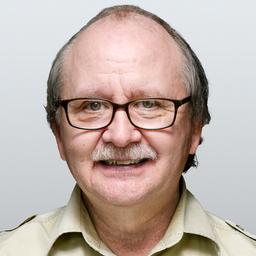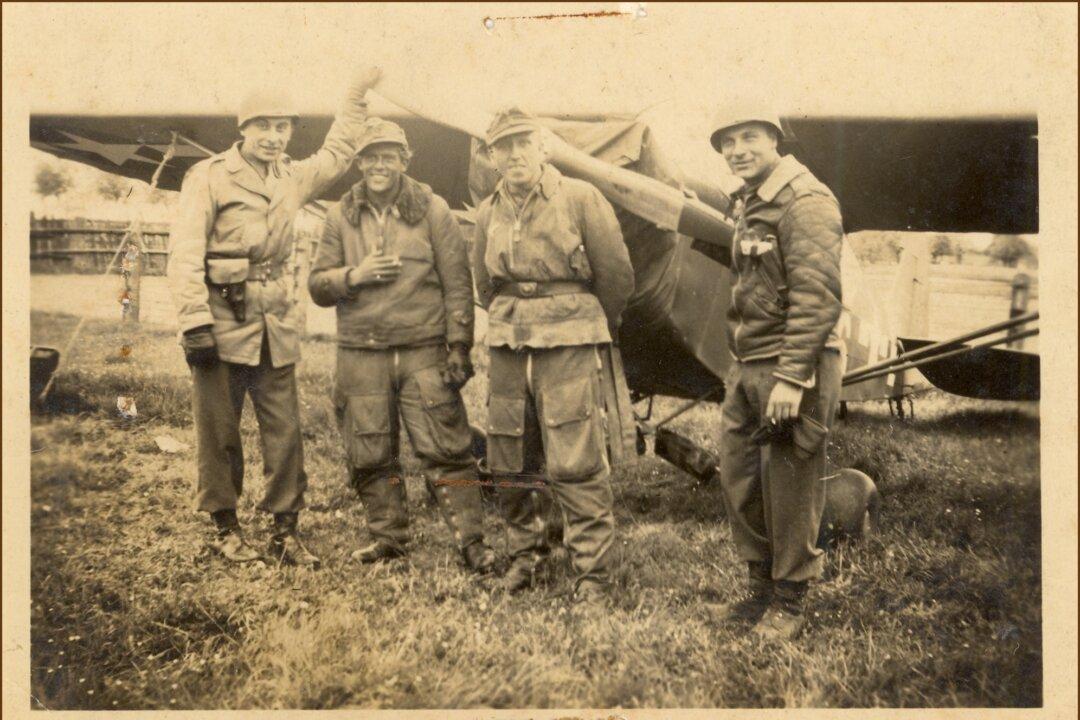NEW YORK—Former Alaska Gov. Sarah Palin spent her 58th birthday listening to a closing argument by one of her attorneys, as well as one from the defense, in her defamation trial against The New York Times on Feb. 11.
As a public figure, Palin, a Republican, “suffered plenty of jokes, plenty of insults” and “slings and arrows,” but with the newspaper’s editorial linking her to a mass shooting, “it became time to draw the line” with a lawsuit, her lawyer, Kenneth Turkel, said.





